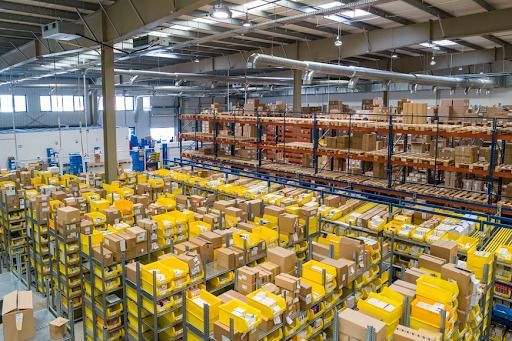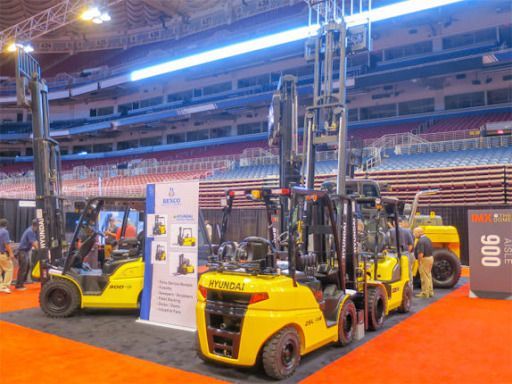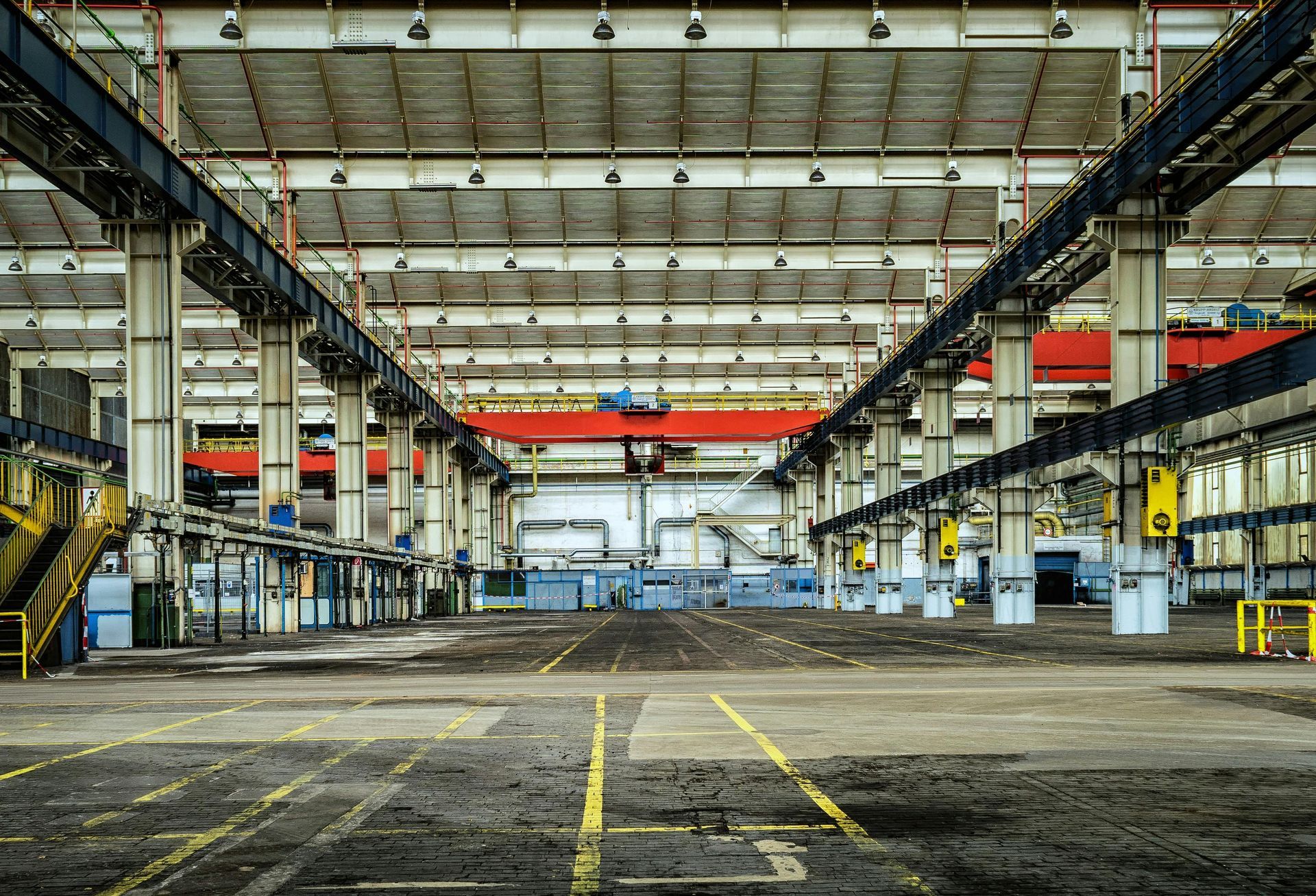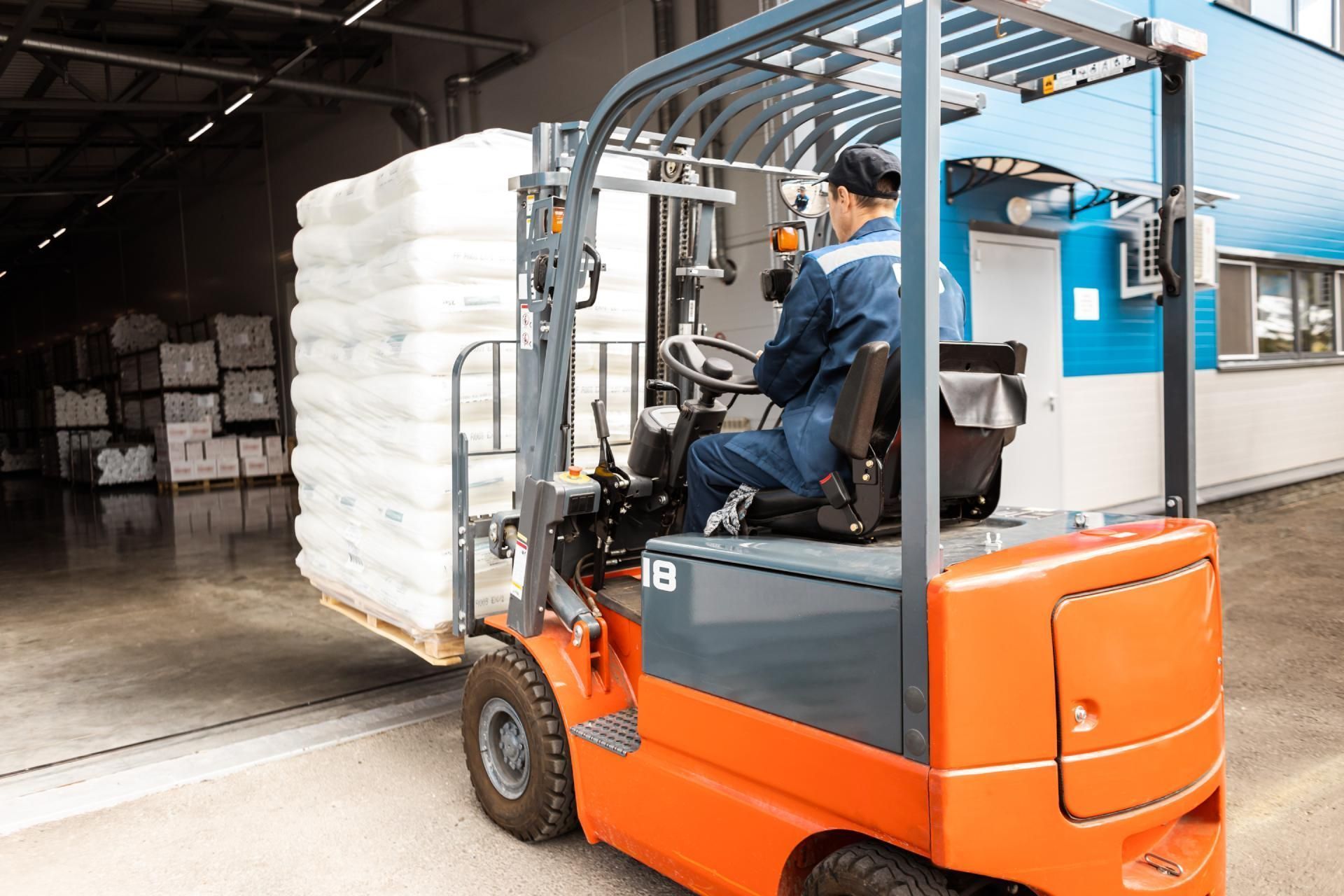Must-Have Warehouse Equipment
Warehouse management software is a must, and well-trained employees are necessary, but those alone can only take productivity so far before everyone needs help from warehouse equipment to reach maximum efficiency. Let us help cut down on the necessary research to find the right tools for the job; below is a list of our top warehouse equipment and how they streamline operations.
On the Docks
Not all warehouse dock equipment is created equal, and the cheapest option is not always the best option. Restraints, master control panels, and barrier gates share the spotlight when choosing the right equipment. While these add-ons can raise the overall investment cost of dock design, they also offer more significant long-term savings and, more importantly, help mitigate safety risks. Restraints that are integrated with master control panels automate the security of the trailer locking into the dock and eliminate manual errors that chocks can present.
Barrier gates can provide an extra layer of safety on docks that are often tight spaces with fall risks. Gates can be fixed into position or offer opening and closing functions that optimize the space and mobility of workers on the dock. Additionally, lighting that alerts when a dock is ready to enter for loading or unloading can be far more effective than a simple yellow line painted on the floor.

Storage and Organization
Warehouse shelving can be a secret weapon for your business, allowing you to make the best available use of your space. Right off the bat, it will cost less to invest in new warehouse racks than renting a larger warehouse space. The proper warehouse racks will also allow you to better use your space, chiefly by allowing you to expand upward and maximize vertical space.
Once you have your racking setup, you must choose the suitable containers for loose items. Here, as elsewhere, you don’t want to leave space. If all of your containers fit perfectly on your shelves, but they each have two small items rattling around inside, there are better options available. By using containers of various sizes, you can craft storage that’s built to accommodate your specific needs.
Ventilation
An HVLS MacroAir fan is unlike other smaller fans. Instead of blasting short, direct plumes at workers, an HVLS ceiling fan gently pushes a large column of air. This air column is directed downwards, then moving sideways. Because the column of air is gentle, it keeps the warehouse workers comfortable and cool.
It’s essential to keep a warehouse as ventilated as possible. Aside from machinery safety and care, an HVLS MacroAir fan can benefit your workers. Nobody likes working in damp, warm environments. A warehouse experiences a lot of labor-intensive hours. It pays off to ensure comfort, and it’ll continue to pay off if you’ve strategized your utility bill. From every angle, HVLS fans are a good investment.

Lifting and Transportation
There’s no shortage of tools these days that help your warehouse run more efficiently. From artificial intelligence to the Internet of Things and beyond, managers have a spectrum of options to choose from. However, something that’s often overlooked when optimizing workflows is the condition of warehouse equipment, especially forklifts. Even the best-maintained forklifts can lose power and speed over time and take longer to charge and more labor and money. Forklift performance directly affects the efficiency of your warehouse. It will be harder for employees to operate and could become unsafe. It’s important to know the signs that it may be time to replace your aging forklift equipment.
If you’re looking for any possible way to optimize warehouse operations, don’t underestimate the impact forklift performance can have. Updating your fleet is one small step that increases return on investment; if you’re not sure where to start, it’s time to call in the professionals. Benco Industrial Equipment has proudly served the material handling needs of customers in the St. Louis Metro Area and throughout the Midwest for over ten years. Reach out today to learn more!
The post Must-Have Warehouse Equipment appeared first on Benco Industrial Equipment.




